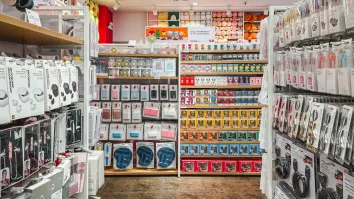Retailers weigh market size, import restrictions in cross-border expansion
Entry decisions depend on demand, brand awareness, and trade barriers.
Retailers must carefully assess multiple factors before expanding into new markets, with brand awareness, product fit, and trade barriers being the primary considerations, according to Tze Siung Lai, Chief Logistics Officer at Pomelo Fashion Thailand.
“Some countries have quite a high level of protectionist trade policy, and what that means is it can come in multiple different forms, high restrictions in importation that in the form of high duty and taxes or even importation quota being imposed to certain products,” Lai said.
Due to this, retailers are working with distributors or franchise partners instead of establishing standalone operations. Lai said that beyond staffing stores, companies must also manage local hiring, logistics, visual merchandising, and marketing functions, making direct expansion a costly endeavor.
Apart from market size and brand presence, product-to-market fit plays a crucial role. “Whether the product matches with what the local consumer wants, or their culture trend, it could be weather as well, if it’s in fashion apparel, as well as the income level of the particular market of entry,” Lai explained.
With increasing restrictions, many brands are turning to cross-border e-commerce as an alternative. He added that infrastructure improvements have made cross-border e-commerce more viable, providing a workaround for some of the regulatory and logistical challenges associated with physical store expansions.
Lai also mentioned that domestic e-commerce logistics in most countries have improved, often offering next-day or even same-day delivery. For cross-border shipments, complexities arise with import declarations, duty thresholds, and new low-value goods taxes imposed in some countries.



















 Advertise
Advertise








